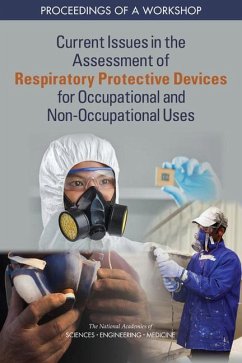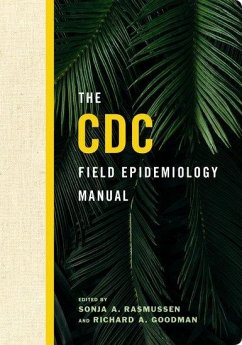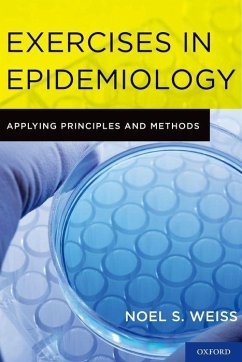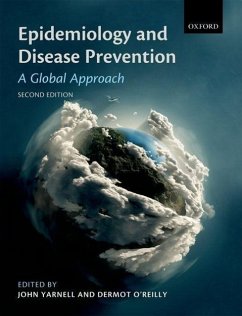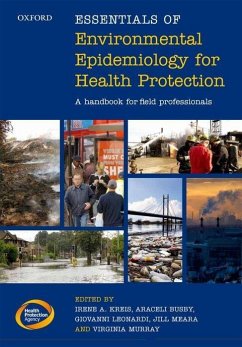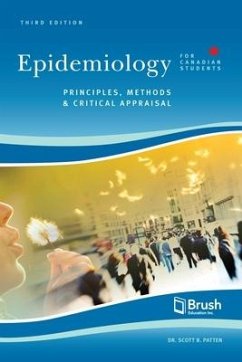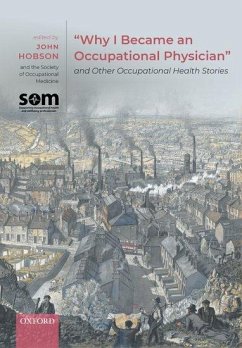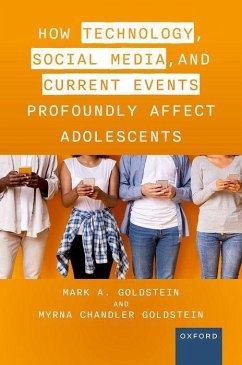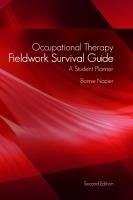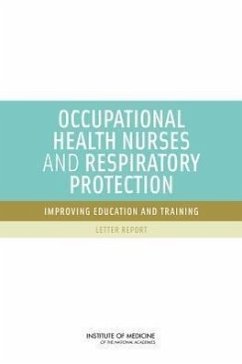
Broschiertes Buch
Current Topics in Occupational Epidemiology
Versandkostenfrei!
Versandfertig in über 4 Wochen

PAYBACK Punkte
45 °P sammeln!




Written by international leading experts, Current Topics in Occupational Epidemiology provides an in-depth look at current topics of interest ranging from the ageing workforce to surveillance systems.
Kate Venables is a Reader in the Department of Public Health at the University of Oxford. Her research has always focussed on aetiological epidemiology. Previously, she worked at the National Heart and Lung Institute on the epidemiology of occupational and environmental asthma, and also spent a sabbatical year at Harvard School of Public Health working on policy issues related to the prevention of occupational asthma. At Oxford, she has worked on a cohort study of mortality and cancer incidence in military veterans exposed to low levels of chemical warfare agents, and also on the provision of occupational health services to university staff. She ran a major conference on occupational epidemiology at Oxford in 2011.
Produktdetails
- Verlag: Oxford University Press
- Seitenzahl: 290
- Erscheinungstermin: 15. September 2013
- Englisch
- Abmessung: 231mm x 155mm x 15mm
- Gewicht: 408g
- ISBN-13: 9780199683901
- ISBN-10: 0199683905
- Artikelnr.: 39338156
Herstellerkennzeichnung
Libri GmbH
Europaallee 1
36244 Bad Hersfeld
gpsr@libri.de
Für dieses Produkt wurde noch keine Bewertung abgegeben. Wir würden uns sehr freuen, wenn du die erste Bewertung schreibst!
Eine Bewertung schreiben
Eine Bewertung schreiben
Andere Kunden interessierten sich für


